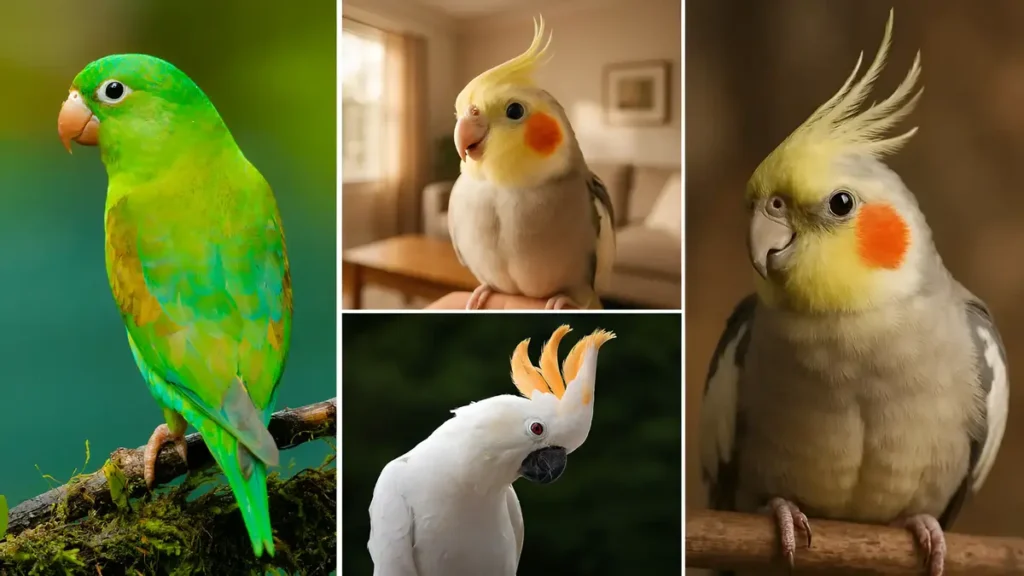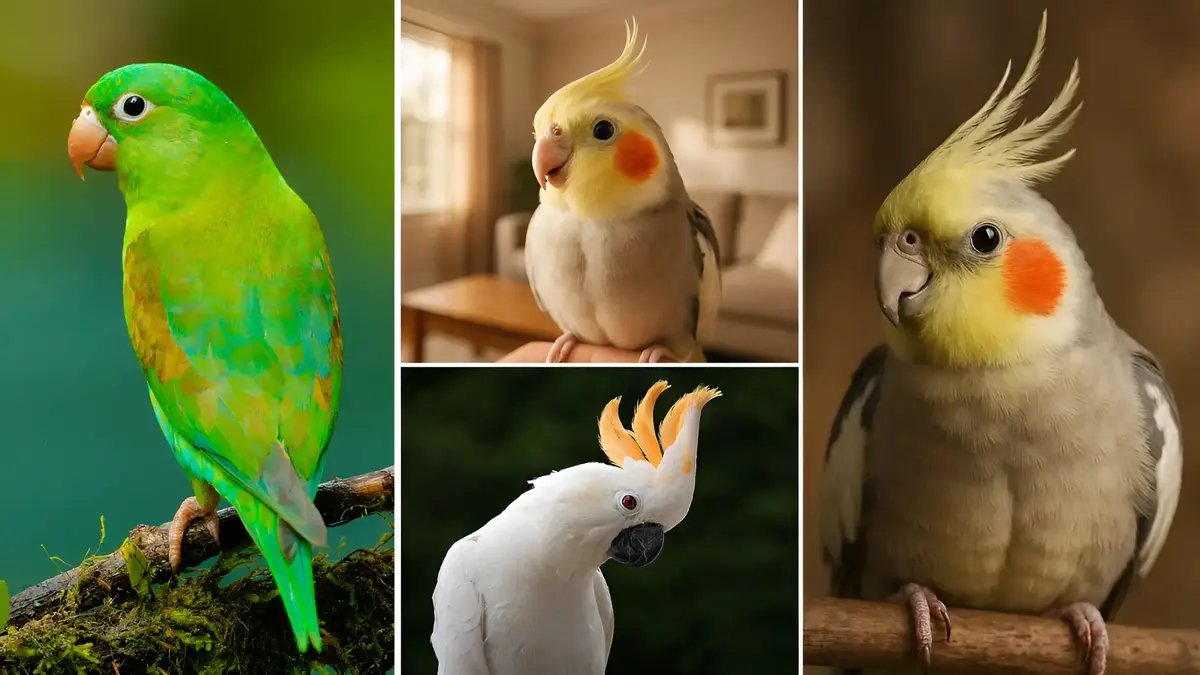Among the most striking exotic birds on the planet, the Hyacinth Macaw is a sight to behold. Native to central and eastern South America, this bird is known for its breathtaking cobalt-blue feathers and bright yellow eye rings and beak accents. It is the largest flying parrot species in the world, and despite its size, it moves with surprising grace and agility.
The Hyacinth Macaw’s intelligence and emotional depth have made it a favorite among avian enthusiasts. In the wild, it thrives in palm swamps and woodlands, where it forages for nuts with its incredibly powerful beak so strong that it can crack open a coconut with ease. Sadly, due to habitat loss and illegal pet trade, this magnificent bird is currently listed as vulnerable. Observing one in the wild is a rare privilege that leaves a lasting impression, not only for its visual splendor but also for the sheer presence it commands in its natural environment.

The Resplendent Quetzal
Often considered one of the most beautiful birds in the world, the Resplendent Quetzal is a jewel of the Central American cloud forests. With its shimmering emerald green plumage, vibrant crimson breast, and dramatically long tail feathers, the quetzal appears almost otherworldly, as though it flew straight out of a mythical legend. The males, in particular, flaunt tails that can extend up to three feet in length during the breeding season.
The quetzal holds deep cultural significance, especially in Mayan and Aztec civilizations, where it symbolized freedom and divinity. Today, it is the national bird of Guatemala and remains elusive, often hiding within dense forest canopies. Its diet consists mostly of wild fruits, particularly those of the avocado family, and its call is soft and haunting, echoing faintly through the misty mountain air.
Spotting a Resplendent Quetzal in the wild is a bucket-list moment for birdwatchers and nature lovers. The experience often feels surreal, like catching a glimpse of a living emerald fluttering through the forest.
The Wilson’s Bird-of-Paradise
Hailing from the islands of Indonesia, the Wilson’s Bird-of-Paradise is a masterpiece of nature’s artistry. This small but electrifyingly colorful bird boasts a combination of neon green, bright yellow, velvet black, and crimson red feathers. Its most remarkable features include a turquoise, bald crown that almost glows, and two curlicue tail feathers that look like delicate decorative spirals.
The males are famous for their elaborate courtship dances. To attract a mate, a male will clear a patch of forest floor, creating a natural stage. There, he performs a series of hypnotic movements, showcasing his feathers from various angles to impress the visiting female. These dances are not just physical displays but also intricate performances that speak to the intelligence and social complexity of the species.
Due to its limited range and the increasing threat of habitat destruction, the Wilson’s Bird-of-Paradise is difficult to observe in the wild. But for those who do, the encounter feels like witnessing a living work of modern art a rare fusion of elegance, flair, and wonder.
The Victoria Crowned Pigeon
Unlike the smaller, chirpier pigeons that frequent city parks, the Victoria Crowned Pigeon is a regal, ground-dwelling bird that exudes an air of sophistication. Native to the lowland rainforests of New Guinea, it is known for its deep blue plumage, maroon breast, and most distinctively, an elaborate lace-like crest that resembles a Victorian crown hence its name.
This bird is one of the largest pigeon species in the world and moves gracefully through the forest floor in search of fallen fruit and seeds. Its call is a deep, resonating boom, quite unlike the coo of common pigeons. While generally gentle and docile, the Victoria Crowned Pigeon is alert and observant, often seen walking calmly yet attentively through its environment.
Its stunning appearance makes it a favorite in aviaries and conservation parks, but seeing one in the wild is a far more rare and meaningful experience. It offers a reminder that beauty in the animal kingdom often exists beyond the most popular species, and that elegance can be found in even the most unexpected of creatures.
The Keel-Billed Toucan
Bright, bold, and unmistakably tropical, the Keel-Billed Toucan is a bird that seems like it was designed by a child with a box of crayons. Native to the rainforests of Central and South America, this bird is instantly recognizable by its oversized, multicolored bill that features shades of green, orange, red, and even blue. Despite its large appearance, the bill is surprisingly light, made of keratin with a spongy structure.
The Keel-Billed Toucan is a social bird, often seen in small flocks moving through the canopy in search of fruit, insects, and small reptiles. Its playful nature and loud, frog-like call give the forest a sense of energy and personality. The toucan’s quirky look and vibrant palette have made it a symbol of the tropics, and it has become a favorite subject in art and advertising. Yet, beyond the pop culture image is a real, living creature that plays a vital role in its ecosystem.
Its bright colors aren’t just for show they also help camouflage the bird among the vibrant fruits and flowers of its forest home. Spotting a Keel-Billed Toucan in the wild offers a moment of pure joy and an appreciation for the evolutionary creativity that nature is capable of.
Each of these exotic birds offers a different window into the natural world’s brilliance and diversity. From the dramatic performances of the Wilson’s Bird-of-Paradise to the serene nobility of the Victoria Crowned Pigeon, these creatures are reminders of what makes our planet extraordinary. Observing them in their natural habitat is more than just a visual experience it is a powerful connection to the wild beauty that still exists beyond our human borders.
Let their feathers, their songs, and their presence take your breath away.
Disclaimer: This blog post is for informational and entertainment purposes only. The descriptions of exotic birds aim to inspire appreciation for wildlife and do not substitute for professional advice or wildlife conservation guidelines.
